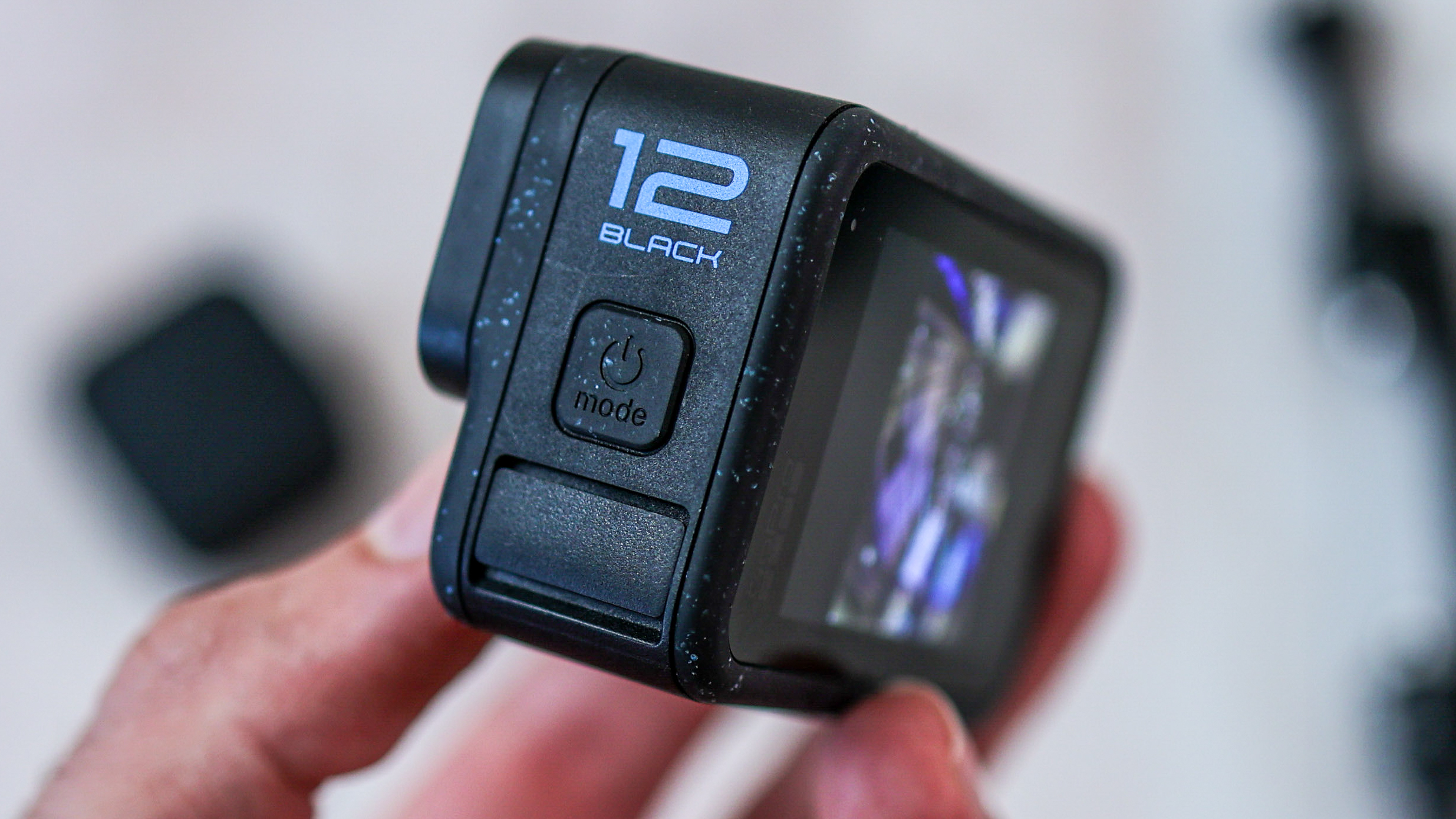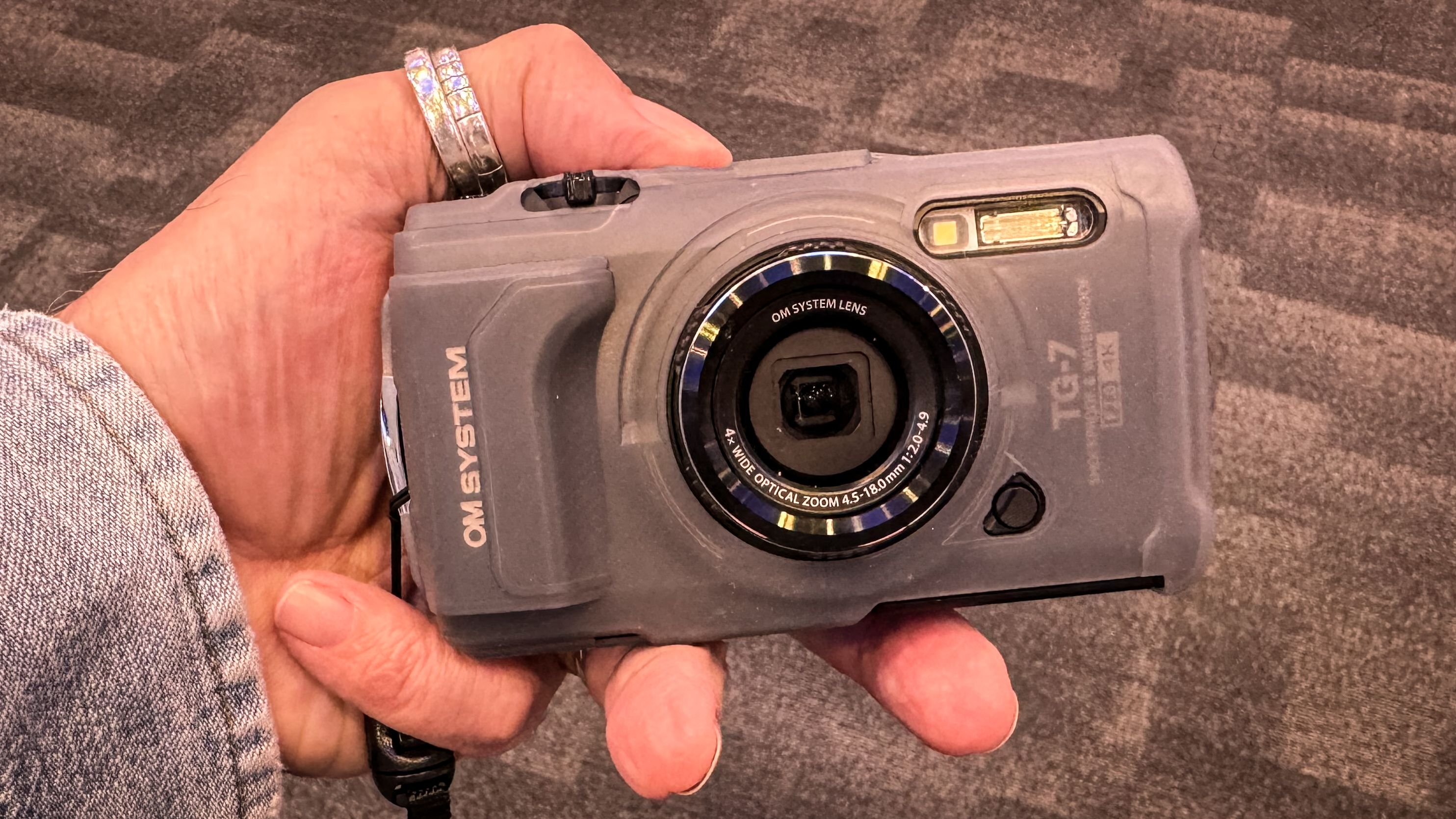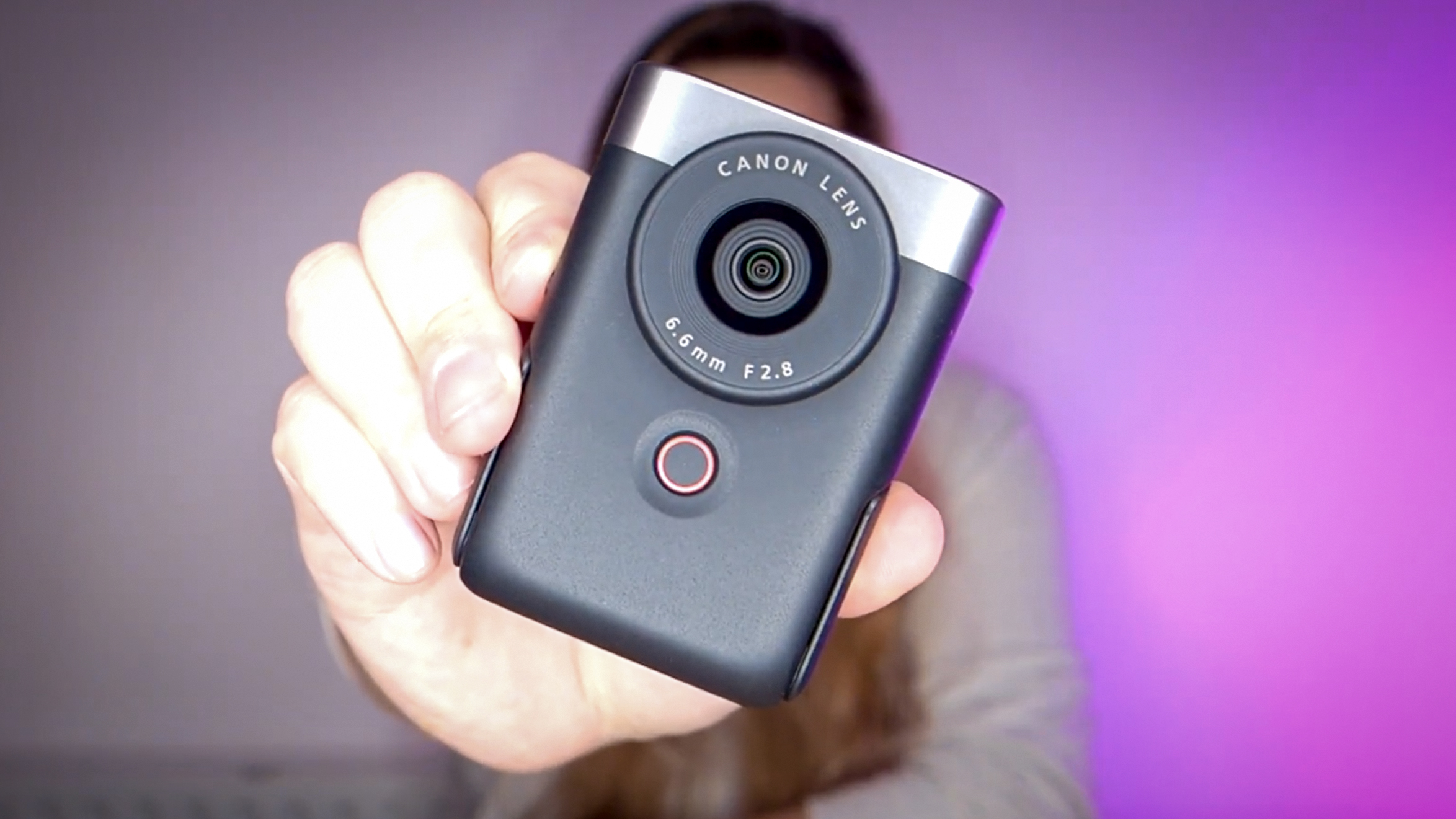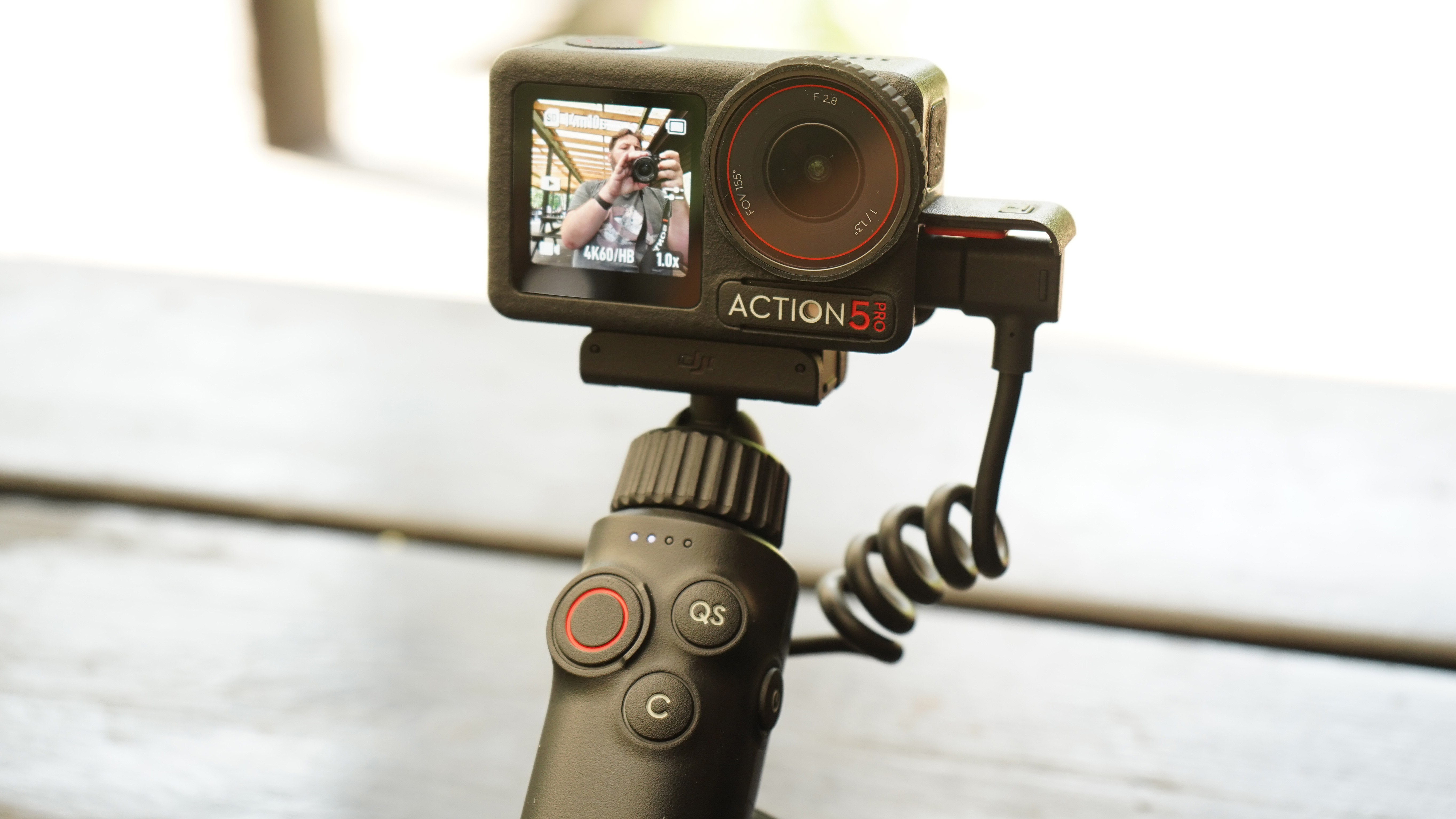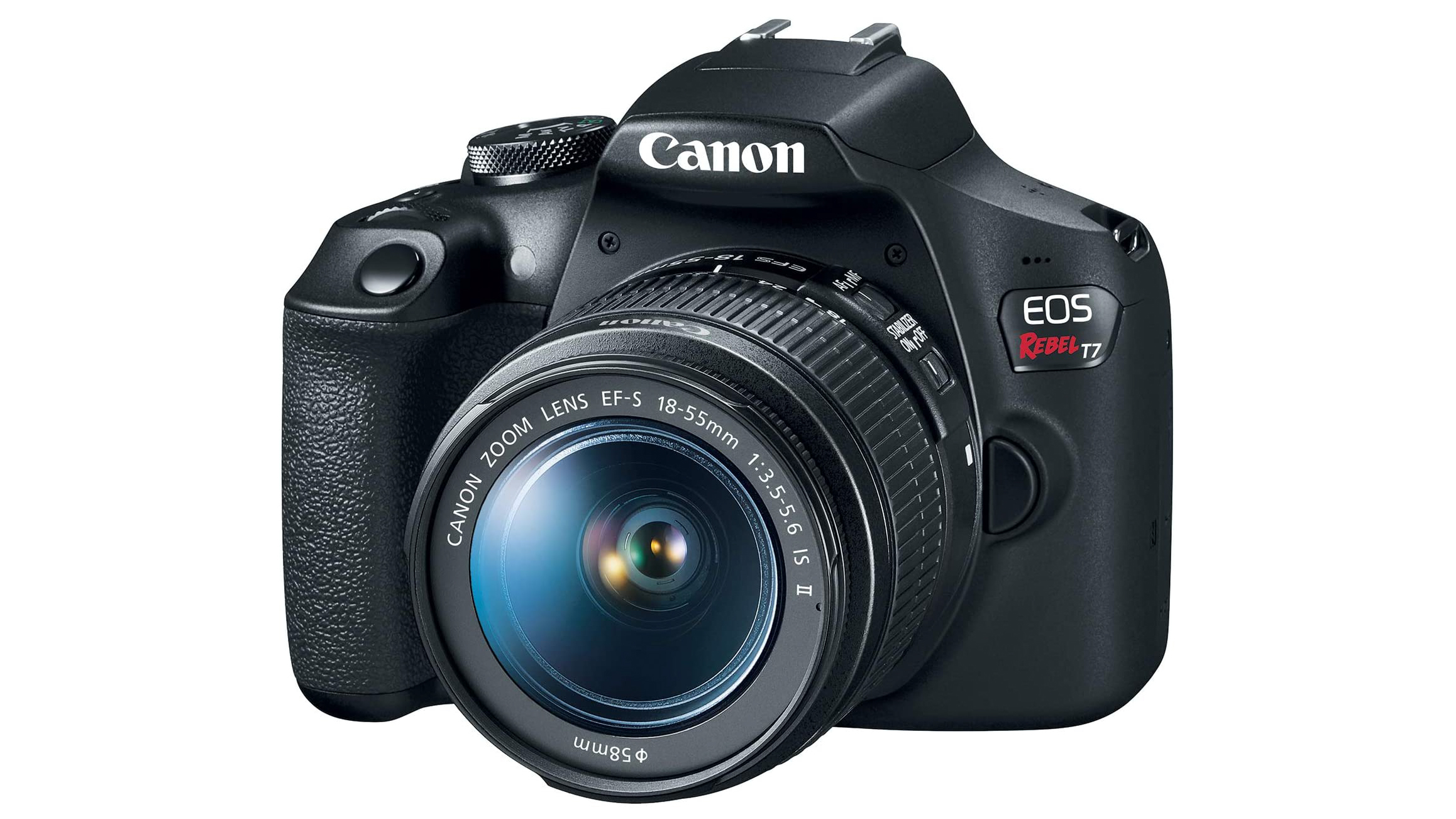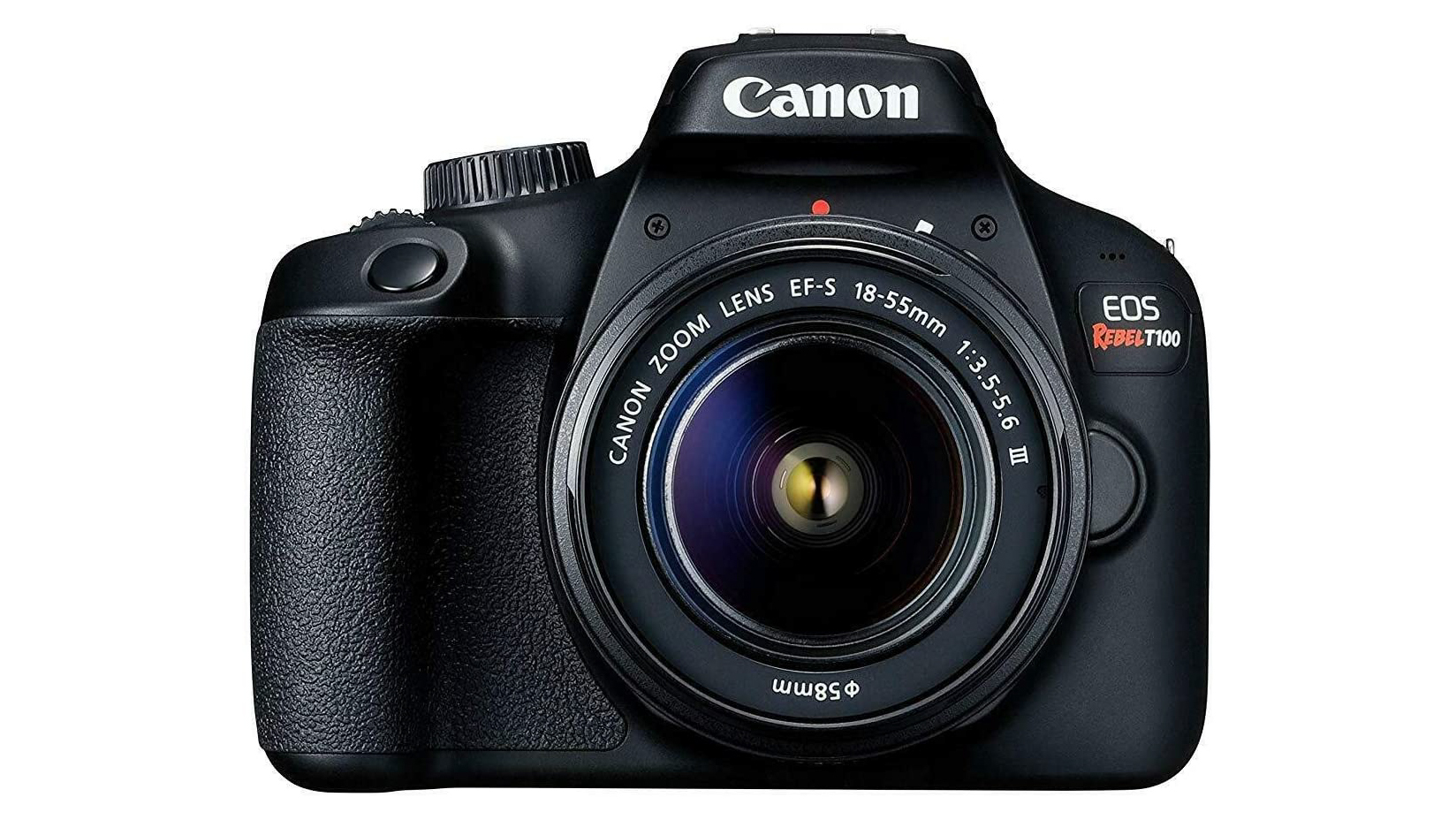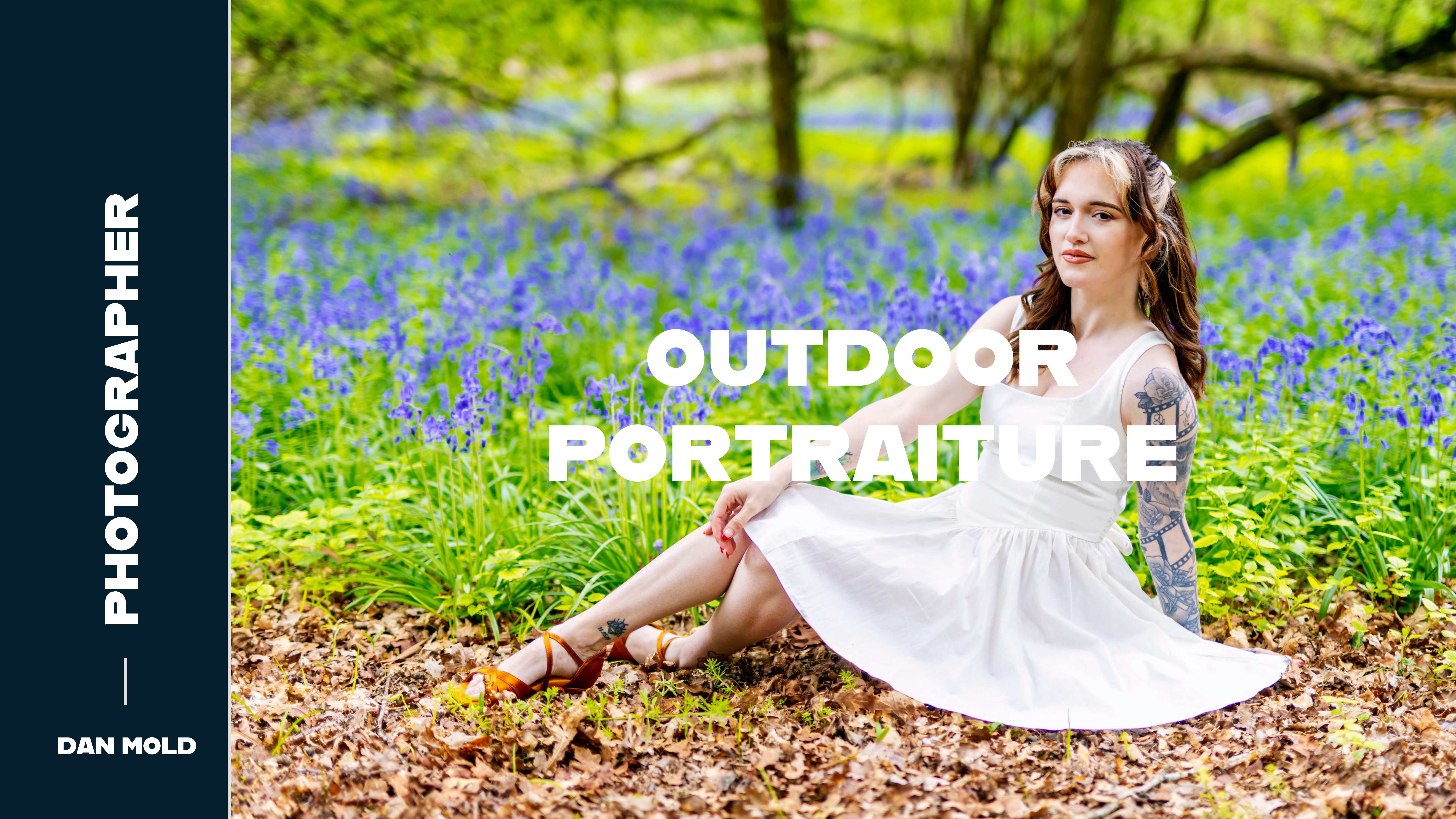The best camera under $500
You no longer need to spend a fortune to get a really decent camera, here we round up the best cameras under $500

Step right up for some real bargains – we're counting off the best cameras under $500. A list that's more well-populated than you might have expected, this category includes mirrorless cameras, DSLRs, action cameras and compacts, all of which are capable of capturing fantastic images and videos. Of course, at this budget there are a fair few duds, too – so I've compiled this list to help you sort one from the other.
Every camera on this list has been tested and reviewed by the DCW team, and has scored well enough to merit inclusion in this guide. There's a mix of newer and older cameras here, as sometimes the older versions of cameras can provide better value for money, and all of them should be purchasable new within our $500 budget (prices do fluctuate, so some might stray a little over the line from time to time).
At DCW we're all about helping you save money on great camera gear, so for more options, you might also want to check out our guide to the best cheap cameras. Also, if your budget is even lower, we have additional guides to the best cameras under $200 and the best cameras under $100.

For nearly two decades Sebastian's work has been published internationally. He is a member of Nikon NPS and has been a Nikon user since the film days. He's Digital Camera World's Ecommerce editor, which means he's our foremost expert when it comes to hunting down incredible bargains on camera gear.
The quick list
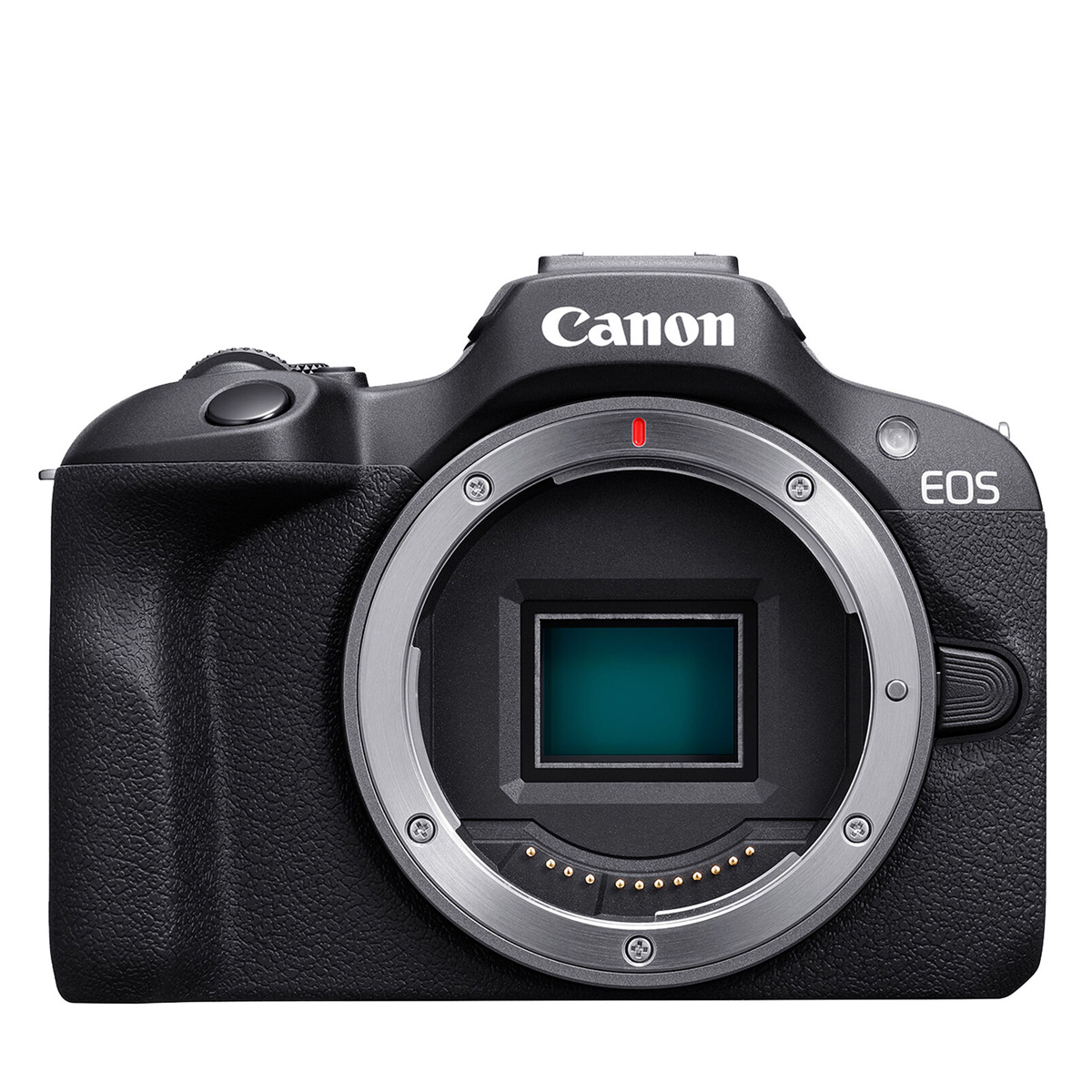
If you're just dipping your toes into photo or video, the mirrorless R100's guided menus make this easy to use. It has 24MP APS-C image quality, 4K video and cutting-edge RF-mount lenses – and our favorite beginner camera overall.

Offering better value than the newer Hero 13 Black, GoPro's Hero 12 Black is packed with new video features and is still top dog of the action camera world for those who are trying to stick to a budget.
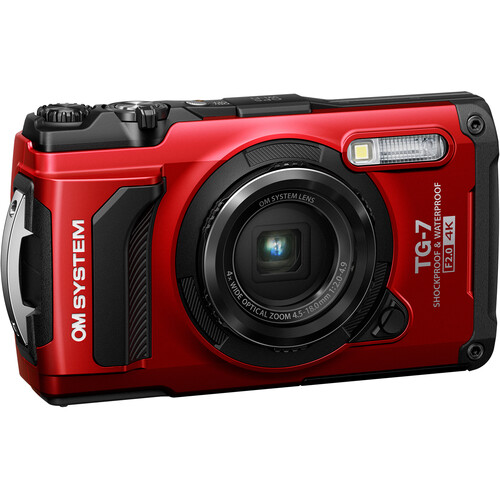
With a zoom lens, a waterproof body and extensive underwater shooting modes, the OM System Tough TG-7 is a fantastic camera for vacations and trips.

This clever camera is perfect for point-and-shoot vloggers who don't want anything too complex – in a form factor that lends itself much more readily to vlogging than a conventional camera design.

DJI's action camera has a lot to recommend it, knocking the stuffing out of GoPro's Hero cameras in low light. The Osmo Action 5 Pro also boasts excellent stabilisation and super slow-motion capabilties.

With 8K 360-degree, the GoPro MAX 2 is a hugely versatile camera for capturing unique content. It's ruggedly built and the app interface works extremely smoothly, making for an all-round good time at a DJI-beating price.
Load the next products ↴
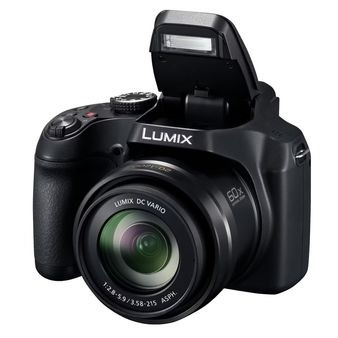
The Panasonic Lumix FZ80D is a new bridge camera that resurrects the best of Panasonic's big-zoom compacts. For an all-in-one travel photography solution, it's ideal.

Well-apportioned for beginners, the Canon EOS Rebel T7 is a great DSLR for learning the ropes, and there are plenty of affordable EF-S lenses with which to supplement it.
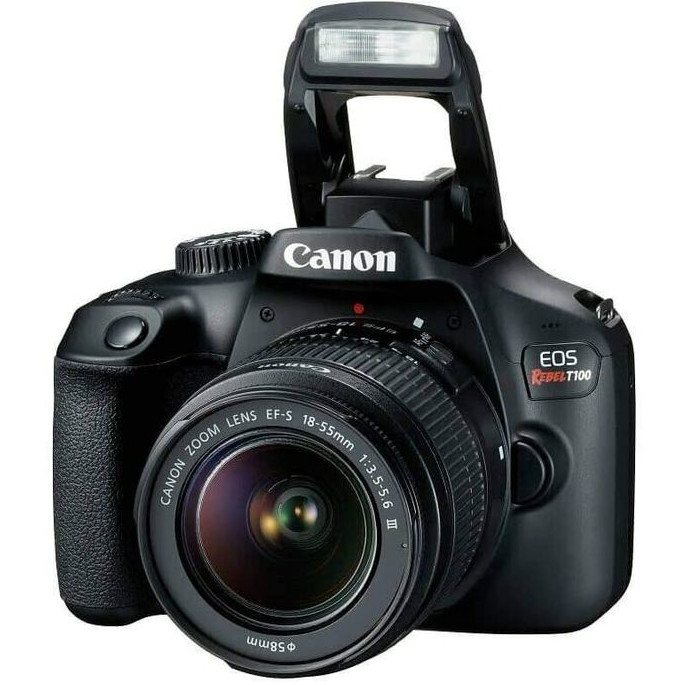
Pretty much the most affordable DSLR you can buy new, Canon's EOS Rebel T100 is pretty no frills, but represents an affordable entry point into a superb system.
Best cameras under $500
Why you can trust Digital Camera World
Best beginner camera
Specifications
Reasons to buy
Reasons to avoid
The EOS R100 is for beginners – and it is about the most affordable interchangeable lens camera that you can buy today, meaning with optional lenses you can use it to shoot any subject you care to name.
It uses the same Dual Pixel autofocus system found on more professional Canon cameras and has a very respectable 24-megapixel APS-C sensor. Images are punchy and well-exposed, with pleasing color in all different lighting conditions. The camera does consistently well on auto mode, but also includes all the standard manual control options once you get a feel for how it works.
The main issue here is cost – while the camera itself comes in at under $500, that is body-only, so you will need extra budget for a lens. Currently, we're seeing decent discounts on the kit lens bundle with the Canon RF-S 18-45mm f/4.5-6.3 IS STM, which pushes it to $549. Not bad!
It also has the benefit of being compatible (via an adapter) with the best Canon DSLR lenses, which are highly affordable secondhand, though bear in mind that you will have to stump up for the cost of the adapter. The official one is $139 new, though there are cheaper third-party ones for around $90. Once you're set up with it, you'll have access to an enormous catalogue of cheap EF lenses.
Read our full Canon EOS R100 review
Best action camera
Specifications
Reasons to buy
Reasons to avoid
The Hero 12 Black is not the newest GoPro Hero model on the docket – that honor belongs to the Hero 13 Black. So why haven't we picked the newer version? Well, the ley upgrade to the Hero13 Black was its ability to use new modular lenses allowing you to alter your perspective and expand your shooting options. The thing is, all these new lenses an accessories cost money, and kitting out the Hero 13 Black would very swiftly blow our $500 budget. The 12 Black is cheaper, and has much same internals and features, making it a sounder buy for budget-conscious shooters.
What are those internals and features, I hear you ask? The Hero 12 Black sports 8:7 sensor that allows for easy shooting in different aspect ratios. Many of its features are largely geared towards serious video creators, those who want their content to look and feel ultra-polished. To that end, the GoPro Hero 12 Black comes sporting a tripod thread, dual-channel audio and Bluetooth mic support — all of which is great news for serious vloggers, and probably take-or-leave for casual holiday shooters.
Also falling into that category is the new addition of Log shooting. This is a dedicated colour profile designed to drop the contrast and boost dynamic range, providing the maximum amount of information in order to make footage that's most responsive to colour grading. The thing with Log though is that if you need it explained to you, you're probably never going to bother with it. Again, one for the pros, and not much for everyone else.
The GoPro Hero 12 Black is almost the best GoPro on the market, and since the release of its successor, its price has come down to a tempting $299, cementing it as one of the best-value sub-$500 cameras you can buy.
Read our full GoPro Hero 12 Black review for more on this camera.
GoPro Subscription explained: what you get, and is it worth it
Best tough camera
Specifications
Reasons to buy
Reasons to avoid
The OM System Tough TG-7 is the latest in the Tough TG line, formerly of Olympus, which has a sterling reputation among the tough camera market, not only for being sufficiently specced to handle tough conditions but also equipped with impressive imaging and video tech. The Raw-shooting, 4K-capable TG-7, is a fairly minor upgrade on the previous TG-6. Most of what it adds is external, with a steeper front grip sporting textured grooves, making for a more secure hold.
The camera produces 4K video at 30fps and offers the option to shoot Full HD video at 120fps for super-slow-motion. The TG-7 also has a generous 25-100mm optical zoom lens that lets you get closer and closer to the action. It's got a chunky handgrip providing a secure hold on the camera, while the internal zoom mechanism means the lens never protrudes from the body, protecting it from knocks and bumps.
Straightforward but sophisticated, the TG-7 is quite simply the best waterproof camera around right now. If you already own a TG-6 (or, to be honest, a TG-5), it's not particularly worth the upgrade, but it's a brilliant camera in its own right.
Read our full OM System Tough TG-7 review for more details
Best for vlogging
Specifications
Reasons to buy
Reasons to avoid
One of the first things you'll likely notice about the Canon PowerShot V10 is that it doesn't look anything like what we've come to think of as vlogging cameras – and as far as we're concerned, this is all to the good. The V10 is a radical rethinking of the vlogging camera, one that arguably deserves to catch on more than it has.
First up, with a slim build, it's much more comfortable to hold for self-recording than a conventional camera – a form factor that, if we're honest with ourselves, doesn't work particularly well for that purpose. If you don't want to hold it then that's no problem – the V10 has a built-in stand that means you can easily place it down on any flat surface and start shooting. Hey presto, you just saved the cost of a tripod.
Capturing good-looking 4K video at up to 30p, the V10 sports a 1-inch sensor that does reasonably well in a range of light conditions, and a 19mm equivalent lens that provides an expansive field of view. It's not a camera for anyone who likes to change lenses or cares about LUTs or anything like that – it's a vlogging camera that excels at producing good-looking video from a point-and-shoot interface. Quietly, it's a very clever release from Canon, and at less than $400, it's also quite the bargain.
Read our full Canon PowerShot V10 review for more details
Best GoPro alternative
Specifications
Reasons to buy
Reasons to avoid
Though best known for its drones, DJI has also produced a credible line of GoPro-rivalling action cameras, the Osmo Action series. The DJI Osmo Action 5 Pro is the latest in the line, coming in comfortably under our $500 budget, and it's well worth considering as an alternative to GoPro – indeed, some commentators think DJI's line is better. Where you end up will likely depend on your shooting priorities – GoPro has 5.3K video, while DJI tops out at 4K, however, the larger sensor of the DJI Osmo Action makes it markedly superior in low light.
Elsewhere, this latest entry has all the hallmarks that have made the Osmo Action series so popular – the rock-steady stabilisation, the dual screens that offer brilliant clarity, the generous battery life. The super-slow motion abilities of the Osmo Action 5 Pro are also something special – though be warned that the headline-grabbing 960fps mode includes AI-generated frames. We tested out the more conventional 240fps mode, and it still looks fantastic.
Read our full DJI Osmo Action 5 Pro review for more details
Best 360º camera

Specifications
Reasons to buy
Reasons to avoid
The 360-degree camera market has become a very competitive place lately; but GoPro, after a long absence, has come rocketing back with the Max 2. This camera squeaks in under our $500 budget even at its full RRP – which its chief rival, the DJI Osmo 360, does not – and in our hands-on review, it performed brilliantly.
The headline specs are impressive, with 8K video available in 10-bit quality and the GoPro Max 2 quickly proves itself worth the hype. Image and video quality are crisp and punchy, and the process of pulling together 360-degree imagery feels seamless and intuitive, once you've got the Quik app connected. This is a mandatory part of the setup process, but is at least quick and painless, and the editing feature is nicely polished.
While the 360-degree imager looks excellent, it's worth noting you can also capture more conventional content, with dedicated single-lens capture modes, and the Quik app also being a very slick way to re-frame images into standard aspect ratios. The build is pleasingly rugged (though you'd expect nothing less from GoPro, would you?), and there's AI subject tracking available in the app. A triumph from GoPro, and an excellent buy at this price.
Read our full GoPro Max 2 review
Best for zoom
Specifications
Reasons to buy
Reasons to avoid
A new bridge camera in 2024?! Indeed it is so, and after years of Panasonic's popular big-zoom compacts being increasingly hard to find, the firm comes out with a refreshed version that's available brand new for a great price. The Panasonic Lumix FZ80D (or FZ82D in Europe and other territories) sports a lens with an incredible equivalent zoom range of 20-1200mm. A useful new feature is the Zoom Compose Assist button, making this range easier to use by allowing you to quickly zoom out with the tap of a button — handy if you lose your subject.
Lightweight and travel-ready, the Lumix FZ80D has a smaller sensor than other cameras, which can impact image quality, low-light performance and dynamic range. However, its sheer versatility makes it a brilliant choice for under $500.
See our full Panasonic Lumix FZ80D / FZ82D review
Best DSLR
Specifications
Reasons to buy
Reasons to avoid
An impressively specced beginner's DSLR and one of the long-awaited successors to the entry-level EOS Rebel XS, the Canon EOS Rebel T7 is a great choice for any stating-out or aspiring photographer looking to try out their first DSLR. Also sold in some countries as the EOS 2000D, it doesn't do anything, particularly flash but does manage everything you need it to a 9-point autofocus system, 3fps burst shooting, Full HD video, and of course, the Canon EF-S mount that gives the user access to a huge catalog of fantastic lenses. Friendly to the novice user, but offering room to grow, the EOS Rebel SL7 represents a fantastic bargain.
Read our Canon EOS Rebel T7 review for more details
Cheapest DSLR
Specifications
Reasons to buy
Reasons to avoid
Canon is now concentrating on mirrorless interchangeable lenses, but some of its older DSLRs still remain. One of the most affordable options is the Canon EOS Rebel T100, which comes at an even lower price point than the EOS Rebel SL7 seen above. It's a stripped-back beginner's DSLR that does just about everything you need it to for an incredible price, kit lens included. Also known as the EOS 4000D, the T100's nothing terribly sophisticated, but for the money, you get a decent camera with 18MP of resolution and 3fps burst shooting, as well as access to Canon's incredible stable of lenses.
Read more: Canon EOS Rebel T100 review for more details
How to choose the best camera under $500
When choosing a camera for under $500, it's best to be realistic about your expectations. Depending on what tickles your fancy, you should be able to pick up a fairly advanced compact camera, an enthusiast-focused mirrorless camera, or a decent entry-level DSLR.
With each new release, cameras have more advanced features, and the price of older models drops. Features that you once would've only seen on the best DSLRs or the best mirrorless cameras are now common features in more basic compact systems. This means that things like raw photos, Wi-Fi, and 4K video are now available in even budget cameras.
Another reason why cheaper cameras have become so good in recent years is that many manufacturers keep their older models on the market for quite a while. This means that consumers can pick up an absolute bargain if they're not too worried about having the newest camera on the market.
It's worth noting that as camera prices fluctuate, you may find a camera on our list that creeps a little over budget (or plunges far below!). However, every camera model on this list has been chosen because it balances fantastic features with an affordable price point, so we will definitely get you in the right ballpark.
Cameras aren't a one-size-fits-all product, so the best camera under $500 for you will depend on what you want to use it for.
How we test cameras
We test mirrorless and DSLR cameras both in real-world shooting scenarios and in carefully controlled lab conditions. Our lab tests measure resolution, dynamic range, and signal-to-noise ratio. Resolution is measured using ISO resolution charts, dynamic range is measured using DxO Analyzer test equipment and DxO Analyzer is also used for noise analysis across the camera's ISO range. We use these real-world testing and lab results to inform our comments in buying guides. For compact cameras, we judge real-world handling and photographic results alone.
Read more:
The best cameras for under $200
The best cameras for under $100
Best cheap cameras
Best beginner cameras
The best point-and-shoot cameras
Compare prices
The best camera deals, reviews, product advice, and unmissable photography news, direct to your inbox!

For nearly two decades Sebastian's work has been published internationally. Originally specializing in Equestrianism, his visuals have been used by the leading names in the equestrian industry such as The Fédération Equestre Internationale (FEI), The Jockey Club, Horse & Hound, and many more for various advertising campaigns, books, and pre/post-event highlights.
He is a Fellow of the Royal Society of Arts, holds a Foundation Degree in Equitation Science, and holds a Master of Arts in Publishing. He is a member of Nikon NPS and has been a Nikon user since his film days using a Nikon F5. He saw the digital transition with Nikon's D series cameras and is still, to this day, the youngest member to be elected into BEWA, the British Equestrian Writers' Association.
He is familiar with and shows great interest in 35mm, medium, and large-format photography, using products by Leica, Phase One, Hasselblad, Alpa, and Sinar. Sebastian has also used many cinema cameras from Sony, RED, ARRI, and everything in between. He now spends his spare time using his trusted Leica M-E or Leica M2, shooting Street/Documentary photography as he sees it, usually in Black and White.

